Eight Online Exhibits to See Right Now on Black History, Racism and Protest
Educating yourself with these shows is one more way to understand the current moment
/https://tf-cmsv2-smithsonianmag-media.s3.amazonaws.com/filer/eb/38/eb3822d0-367a-441a-ba5f-381b97f1c25e/ninachanelabney_20190117_0301.jpg)
Over the past few weeks, supporters of the Black Lives Matter movement have worked tirelessly to advance the conversation on racism and equality in the United States. Through protests in cities and towns across the country, along with primary voters casting their ballots, the rallying cry is loud and clear. Even before the protests began, many museums around the country had begun hosting exhibitions—online-only, due to COVID-19—that cover black history, racism, protest and other important topics that pertain to the movement at large.
Here are eight you can see right now.
“Jordan Casteel: Within Reach,” New Museum, New York City
Jordan Casteel’s body of work reads much like a visual diary of the many people she’s crossed paths with over the years. Focusing solely on people of color, the Denver-born artist has documented everyone from musicians performing in the streets of her Harlem neighborhood to students she’s taught at Rutgers University-Newark, where she’s an assistant professor in the arts department. Now in her early 30s, the painter has been honored with her first solo museum exhibition in New York City at the New Museum. Called “Jordan Casteel: Within Reach,” the exhibition features 40 color-saturated oversized portraits that capture daily life through the lens of the black community, with special focus on individuals who often get overlooked by society in general. In an interview in the New York Times, Casteel said, “To have an immigrant story so prominently placed at this time in this world, in New York City—it just feels right." Watch the virtual tour above. On view through September 1.
“Jacob Lawrence: The American Struggle,” Peabody Essex Museum, Salem, Massachusetts
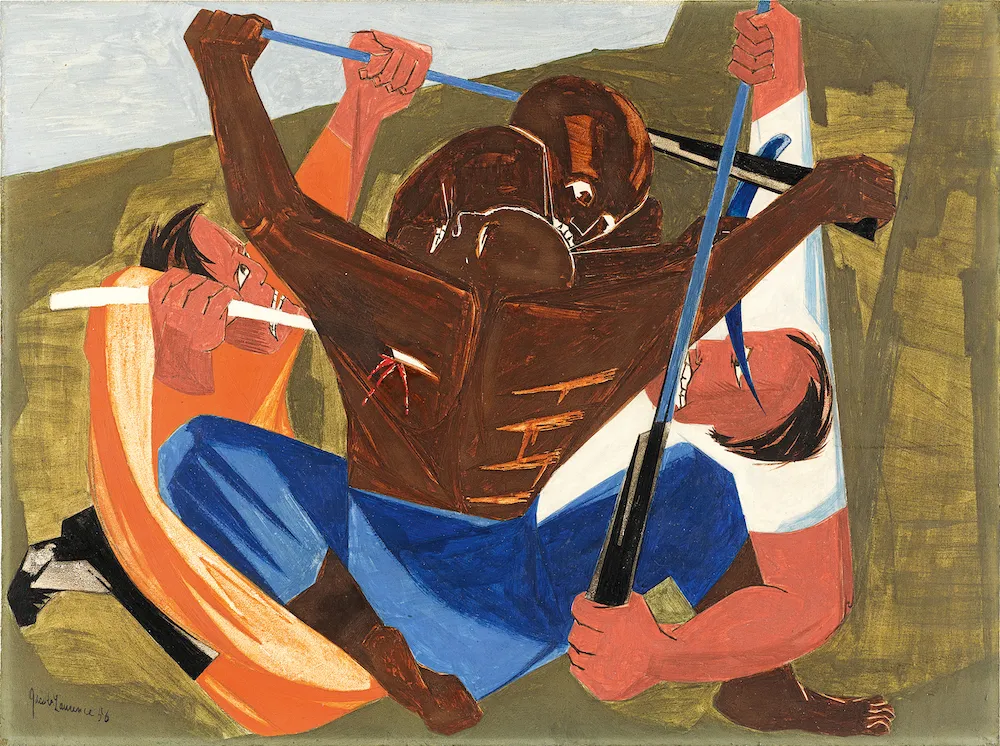
From 1954 through 1956, while the civil rights movement was unfolding right before him, the late artist Jacob Lawrence created a series of paintings called “Struggle: From the History of the American People.” Now, for the first time in more than 60 years, 30 panels from the original collection have been reunited for an exhibition titled “Jacob Lawrence: The American Struggle” at the Peabody Essex Museum. Beginning with the American Revolution and working its way through 1817, Lawrence directed his attention on such important events as the Boston Tea Party, examining the struggles of a young nation getting its footing from the perspectives of African Americans, Native Americans, women and anyone else whose stories are rarely told in history class. His works are interspersed with those of other contemporary artists, including Derrick Adams and Bethany Collins. Take this virtual tour of the exhibit. On view through August 9.
“Chez Baldwin,” National Museum of African American History and Culture, Washington, D.C.
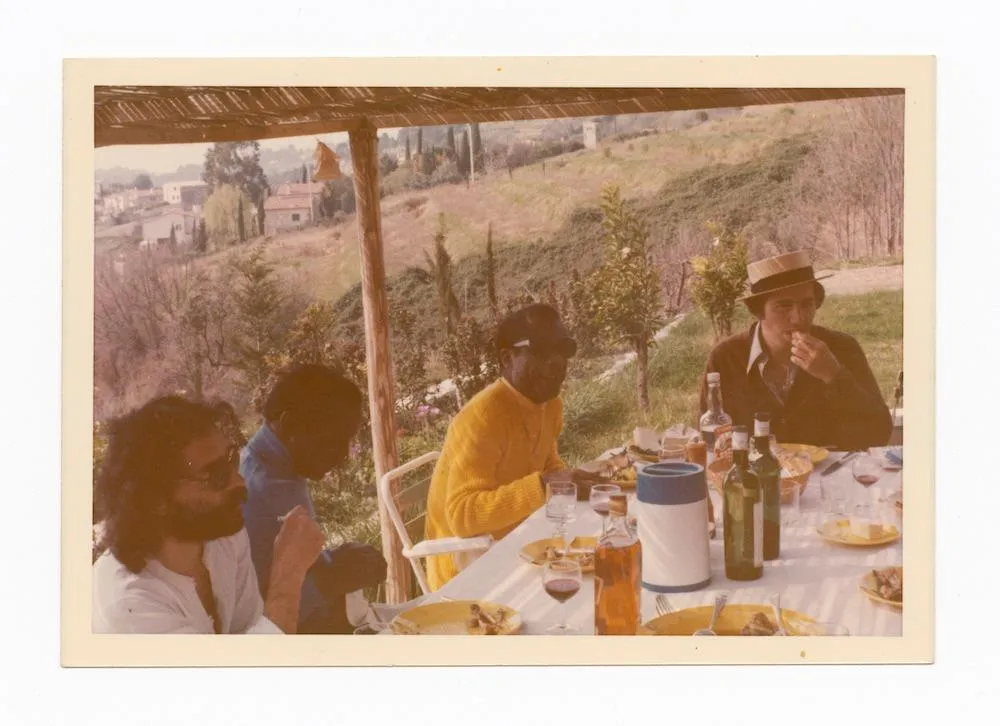
Even after his death, novelist, playwright, poet and activist James Baldwin remains an important black cultural icon, with his writings on class and race in America still capturing the attention of audiences around the globe. (You’ve probably heard of one of his most famous works, If Beale Street Could Talk, a 1974 novel that was adapted into a Oscar-winning film in 2018.) While people may be familiar with his work, Baldwin's life outside the spotlight is lesser known. For “Chez Baldwin,” an online exhibition at the Smithsonian's National Museum of African American History and Culture, viewers can become acquainted with the life he made for himself in the South of France, where he lived the final years of his life from 1971 until his death in 1987, through a collection of objects, including photographs from his travels and playbills. On view now.
“African American History in Colorado,” History of Colorado Center, Denver

African American communities have played a crucial role in the settlement of Colorado, from the time it became a territory in 1861 to its admission into the union as a state in 1876 to the Black Lives Matter movement that’s taking place today. “African American History in Colorado,” an online exhibition at the History Colorado Center, a Smithsonian-affiliated museum, brings the stories of civil rights leaders, cowboys, Buffalo Soldiers and mountain men to life through photographs, interactive maps and timelines. The exhibit also extensively covers Lincoln Hills, a vacation resort open from 1925 to 1965 that was specifically geared toward African Americans and served as a respite from the racial tensions that permeated cities. On view now.
Using eye-popping geometric shapes that capture viewers’ attention, painter Nina Chanel Abney tackles important contemporary topics like gender, race, politics and homophobia in her artwork. For her latest piece, a massive, site-specific abstract mural housed inside the lobby of the Institute of Contemporary Art in Boston, the New York-based painter wanted to “investigate some of the subtleties of systemic racism and cultural racism” that are embedded in today’s society. Her piece is especially pertinent as the Black Lives Matter movement continues to gain momentum. “I was very excited about creating a piece that might really encourage some kind of dialogue for people who are in the lobby, they can start to engage as soon as they walk in the door,” she says in a video, which now serves as a virtual tour. On view through January 3, 2021.
“Rosa Parks: In Her Own Words,” Library of Congress, Washington, D.C.
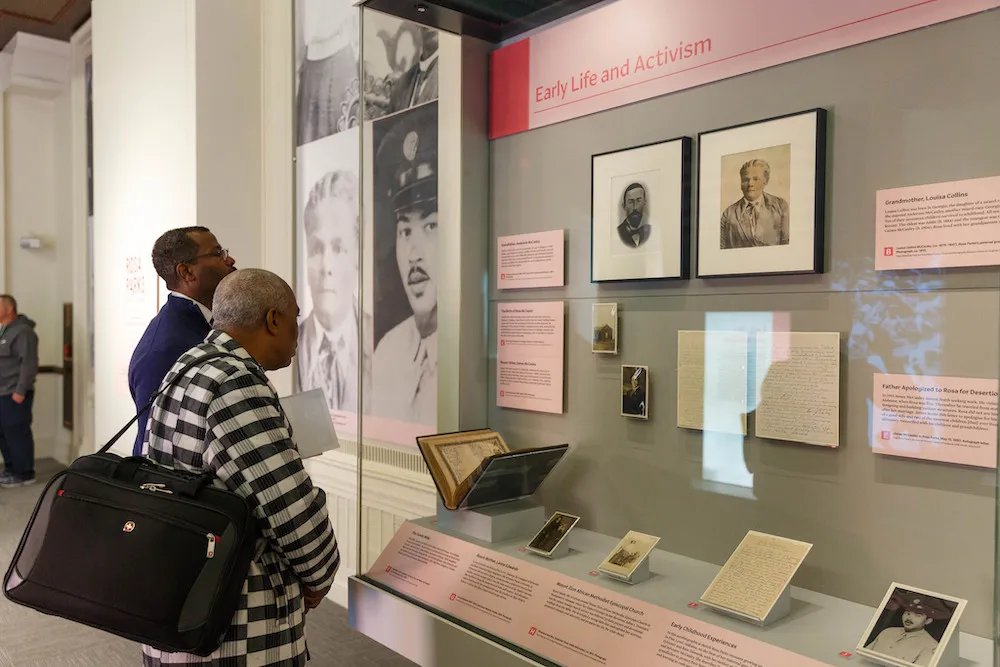
Refusing to give up her seat on a public bus to a white man in Montgomery, Alabama, during the height of the Jim Crow era is how most people know Rosa Parks. But there’s more to this civil rights icon than a single courageous act. In “Rosa Parks: In Her Own Words,” an exhibition at the Library of Congress, viewers can find out more about the bus boycott that made news headlines while also learning about her upbringing on a farm in Alabama and her decision to move to Detroit to further the civil rights movement. The online collection features the outfit she wore during the bus boycott as well as dozens of photographs, financial documents and handwritten recollections that help tell the story of her many accomplishments during a trying time in our nation’s history. On view through December 5.
“Photos from the Civil Rights Movement,” High Museum of Art, Atlanta, GA
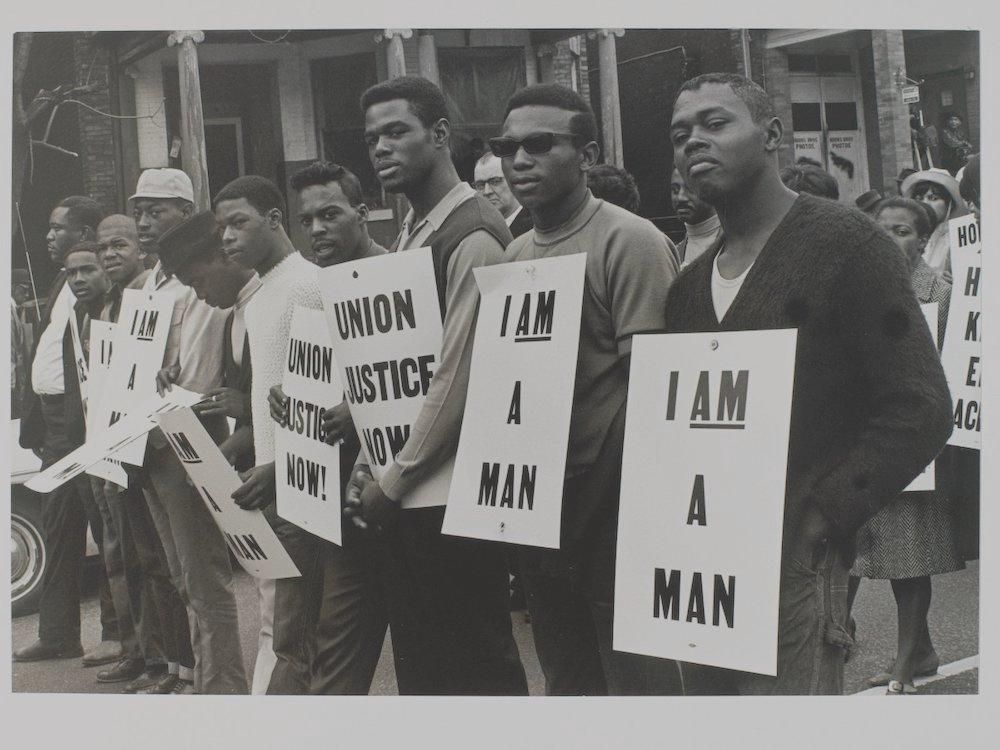
The civil rights movement endured from 1954 to 1968, but the fight for racial equality still surges to this day, with organized marches continuing in cities and towns across the United States. “Photos from the Civil Rights Movement,” an online exhibition from the High Museum of Art, helps bring the battle for change full circle. From photographs documenting Rosa Parks’ arrest to the moment Martin Luther King learned that he had won the Nobel Peace Prize, the comprehensive collection—nearly 20 of the more than 300 on social protest at the High Museum of Art—shines a light on an era in U.S. history that must be remembered, especially right now. On view now.
“Portraits of African Americans,” National Portrait Gallery, Washington, D.C.
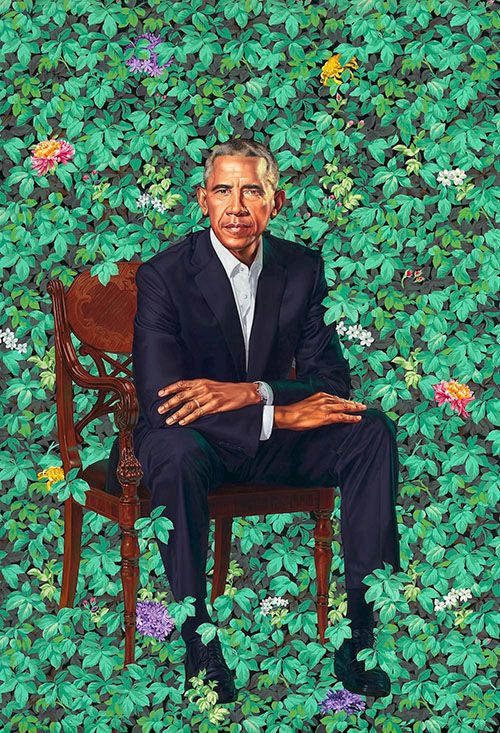
From former President Barack Obama and former First Lady Michelle Obama to poet Langston Hughes to entrepreneur Madam C. J. Walker, the National Portrait Gallery's comprehensive exhibit, "Portraits of African Americans," serves as a who’s-who of both well-known and lesser-known history makers. The museum holds, after all, more than 1,000 portraits of African American notables who have made significant contributions to science, the arts, politics and sports. Each portrait includes biographical information about each individual and their importance in history. On view now.
Planning Your Next Trip?
Explore great travel deals
Smithsonian magazine participates in affiliate link advertising programs. If you purchase an item through these links, we receive a commission.


